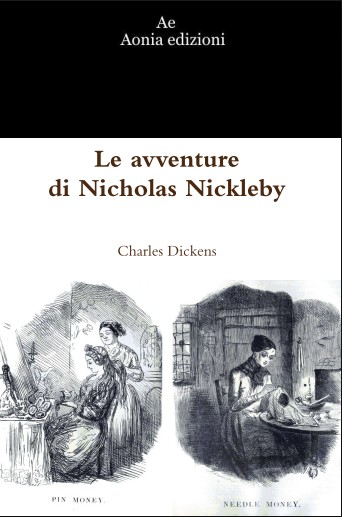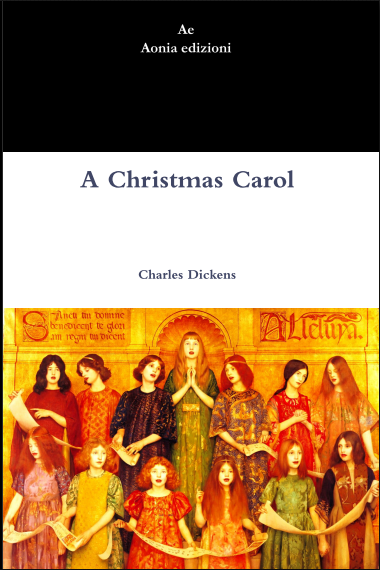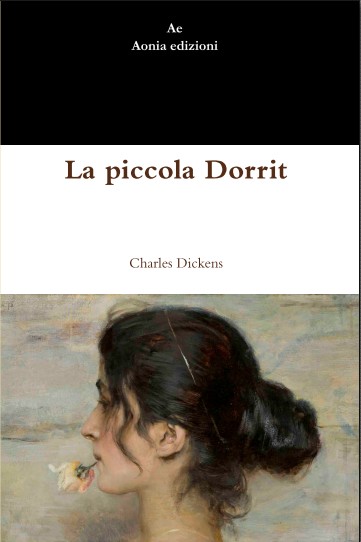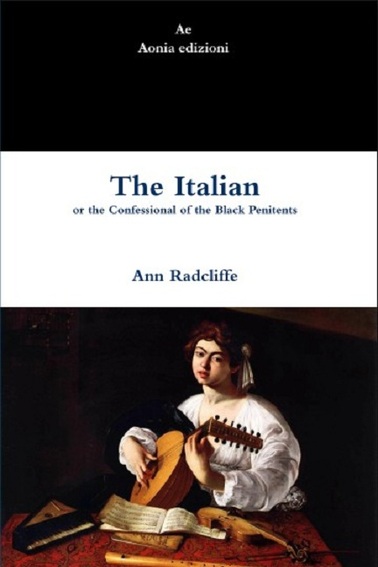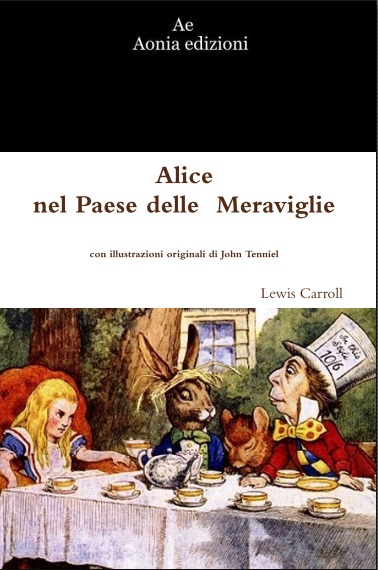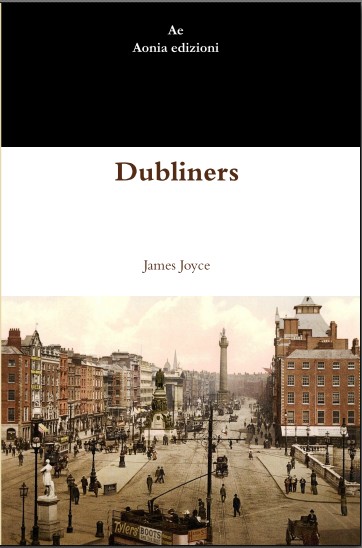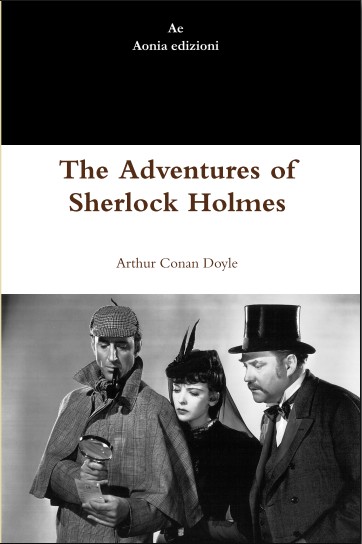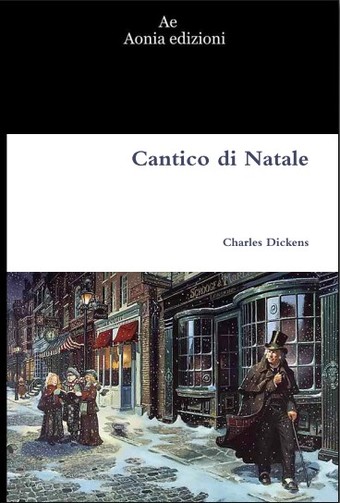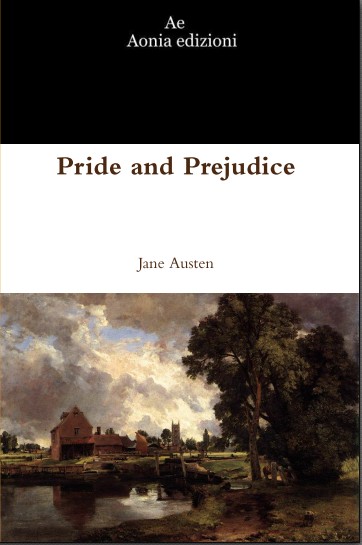| Libro Italia € 23,99 (lo compro qui) E-book Italia € 0,89 (lo compro qui) Amazon Italia € 23,99 (lo compro qui) | Libro USA $ 29,49 (lo compro qui) E-book USA $ 0,99 (lo compro qui) Libro Germania € 25,49 (lo compro qui) |
| E-book Germania € 0,89 (lo compro qui) Libro Regno Unito £ 18,49 (lo compro qui) E-book Regno Unito £ 0,77 (lo compro qui) | Libro Francia € 23,99 (lo compro qui) E-book Francia € 0,89 (lo compro qui) Libro Spagna € 23,99 (lo compro qui) |
Abitava una volta, in un luogo appartato del Devonshire, certo Goffredo Nickleby, un onesto uomo, che, in età piuttosto avanzata, messosi in capo di ammogliarsi, e non essendo abbastanza giovane o abbastanza ricco da aspirare alla mano di una ereditiera, aveva per pura affezione sposato una vecchia fiamma, la quale a sua volta se l’era preso per la stessa ragione. Così due persone, che non possono permettersi di giocare a carte per denaro, si seggono tranquillamente a tavolino, e giocano una partita per mero piacere. I malevoli, che sogghignano sulla vita matrimoniale possono, forse, osservare a questo punto che sarebbe stato meglio paragonare quella brava coppia a due campioni in una gara di pugilato, i quali, quando la fortuna non è molto propizia e i loro sostenitori sono scarsi, si mettono cavallerescamente ad assaltarsi per il semplice gusto di darsi degli scapaccioni; e per qualche rispetto il paragone veramente reggerebbe, poichè come quell’avventuroso paio di volgari pugilatori dopo manderà un cappello in giro, fidando nel buon cuore degli astanti per procacciarsi i mezzi per far baldoria, così il signor Goffredo Nickleby e la sua compagna, tramontata appena la luna di miele, si misero a guardare avidamente intorno, fidando non poco in una buona occasione per il miglioramento delle loro condizioni. La rendita del signor Nickleby, nel periodo del suo matrimonio, oscillava fra le sessanta e le settanta sterline all’anno.
